What does ageratum look like?
Ageratum flowers
Ageratum is one of the most “fluffy” herbaceous perennials, which does not have any particularly spectacular greenery or graceful lines, but during the flowering period it captivates with a unique foam of flowers similar to soft pompoms in fairly dense inflorescences. Stems numerous, highly branched, erect or erect, pubescent, 10-50 cm high.
This flower has a number of qualities that are valuable in landscaping: it has a powerful root system, which allows it to withstand overheating of the soil and its drying out in the summer; it blooms for a long time, right up to frost. In addition to growing in flower beds (especially parterres), the plant looks good on sunny balconies and in above-ground containers. It is rarely used as a cut flower, although its sweet, pleasant aroma and tall varieties make it attractive for bouquets.
Growing ageratum from seeds
Ageratum is grown mainly from seeds, but vegetative propagation by cuttings is also possible. The seeds are quite small (6–7 thousand per 1 g), and remain viable for 3–4 years. Sowing is carried out with both regular and granulated seeds.
To germinate seeds, use a sufficiently moist, light and nutritious substrate, but without excess moisture, pH 5.5–6.5. For pellet seeds, the soil needs to be moister than for regular seeds.
Seeds are sown in March or early April in greenhouses or boxes, without deepening the seeds. The seedlings usually hatch after two weeks, after emergence they are allowed to grow for about 3 weeks and then dived into greenhouses or boxes on a slightly larger
distance from each other.
When growing ageratum seedlings, double picking is desirable.. The seedlings do not tolerate dampness. Watering should be done in the morning, and greenhouses should be ventilated frequently. 10-14 days before planting the seedlings, the frames from the greenhouses are removed and covered again only if there is a threat of frost.They are planted in open ground after the end of spring frosts, maintaining a distance of 15-20 cm between plants when planting. Plants bloom 60-70 days after emergence.
Planting and caring for ageratum in open ground
What soil is best to grow in? It grows quickly and develops well on light, neutral, nutritious soils; on too rich soil it develops a large vegetative mass, and the flowering intensity decreases. Does not tolerate damp rocky soils!
When to plant ageratum. Ageratum cannot withstand frosts, even light ones. Therefore, in the middle zone it is planted in open ground only at the end of May or at the beginning of June, when there is no need to be afraid of them.
The flower usually tolerates transplantation painlessly, as long as the young plants have enough moisture, heat and light during the rooting period. In order to preserve both the first and second, it is advisable to mulch the soil around the plants with peat or humus after planting: water from its surface will evaporate more slowly, and in the event of unexpected frosts, only the top of the plant will die (new shoots will soon begin to grow from the lower part).
Landing scheme. The planting density depends on the variety and type of flower garden. Tall varieties, for example, are planted at a distance of 20–25 cm from each other, and compact, low-growing hybrids - at a distance of 10 cm.
Care: abundant, but not excessive watering, easily tolerates haircuts and pruning, after which it quickly grows back and blooms profusely again; The plant is heat-loving and is damaged even by minor frosts. Regular weeding and loosening. Always cut off faded inflorescences.
Feeding ageratum should be moderate, carried out with the help of mineral fertilizers.It is advisable to apply them no more than 2-3 times during the active growing season, making sure to apply them once before flowering.
In autumn, when the first frost occurs, the plants die. But if you have a winter greenhouse or greenhouse, then you can grow the bushes you especially like there. In the spring, cuttings from these plants are rooted in sand or a soil-sand mixture. It is easy to propagate ageratum from cuttings, since adventitious roots easily form on the stem. True, this method is used only by breeders and occasionally by amateur flower growers.
New varieties of ageratum
Gardeners have the opportunity to grow numerous new varieties of ageratum. Currently, varieties and F1 hybrids differ in inflorescence color, compactness, leaf size and, most importantly, plant height. According to this indicator, they are conventionally divided into 3 groups: short (15–25 cm), medium tall (26–40 cm) and tall (more than 40 cm).
short
F1 Hawaii Series. Very compact (12–15 cm) leveled plants. The inflorescences are white, blue, blue, purple and violet, flowering very early. The series is suitable for early growing in cassettes.
F1 Neptune Blue. The plants are compact (20–25 cm high), the leaves are large, the inflorescences are blue.
F1 Pearl Blue. Compact, well-branched plants 15–20 cm high and 30 cm wide. The leaves are dark green, the inflorescences are blue. Particularly suitable for early growing and flowering in cassettes.
Medium height
F1 High Tide Series. Powerful semi-compact plants 35–40 cm high and 30 cm wide, branch well in seedlings. Inflorescences blue and white.
F1 Leilani Blue. Powerful, well-branching, semi-compact plants 40–45 cm high and 40 cm wide.The leaves are dark green, the inflorescences are light blue.
Tall
F1 Horizon Blue. Plants are 45–55 cm high (according to some catalogs up to 70 cm), powerful, well branched. The inflorescences are large, purple-blue; Flowering later, abundant. Suitable for growing in pots with a diameter of 10–15 cm, as well as for cutting.
F1 Red Sea. Powerful plants 50–55 cm high with dark green leaves. Flowering later, inflorescences dark purple. Suitable for growing in pots and for cutting.
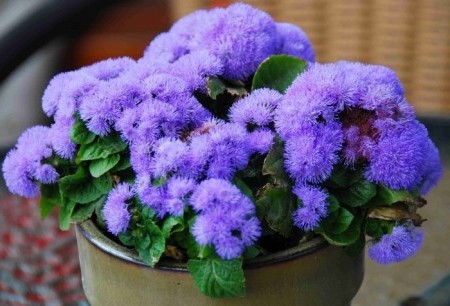
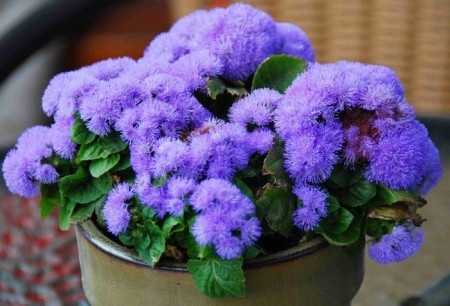
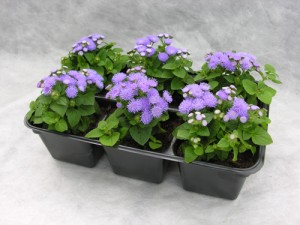
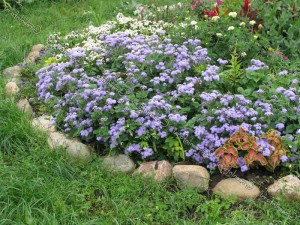
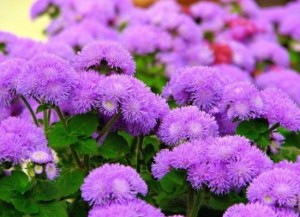
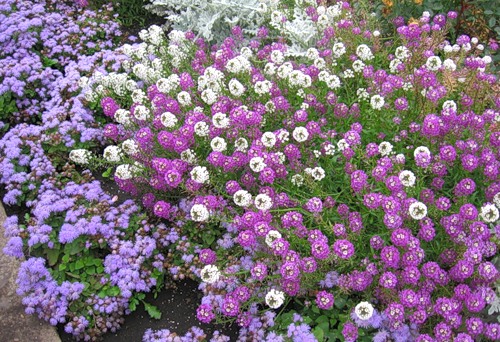
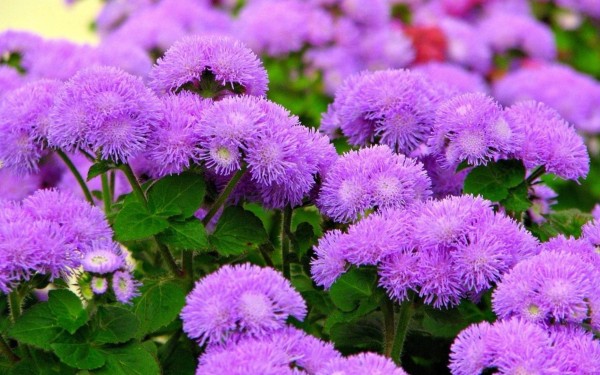
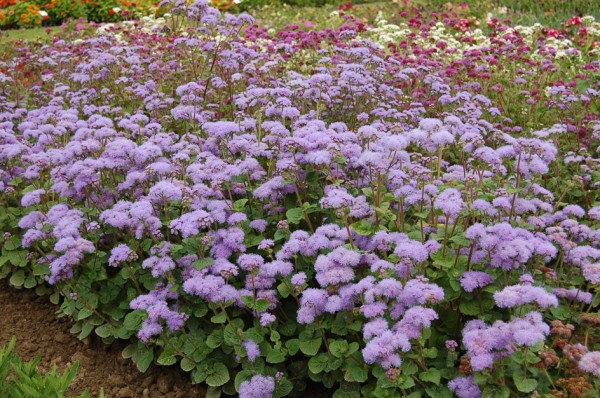
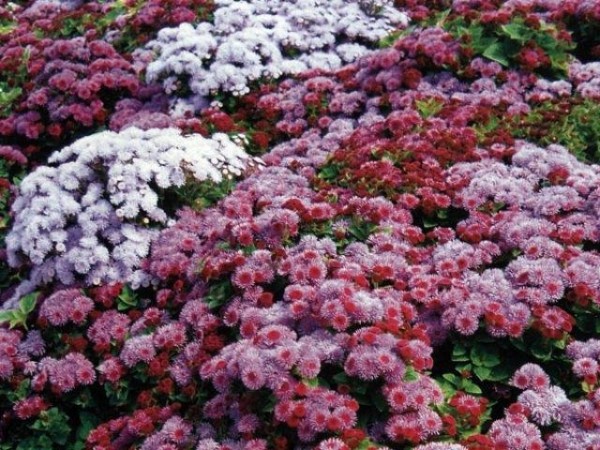

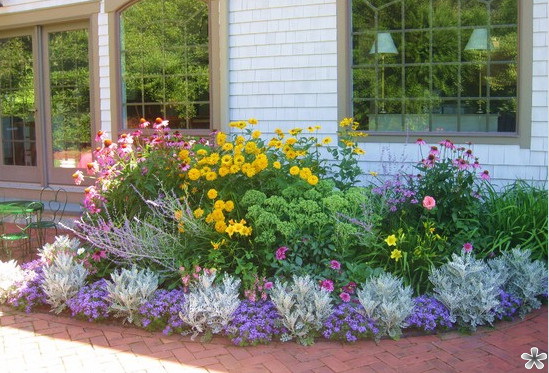
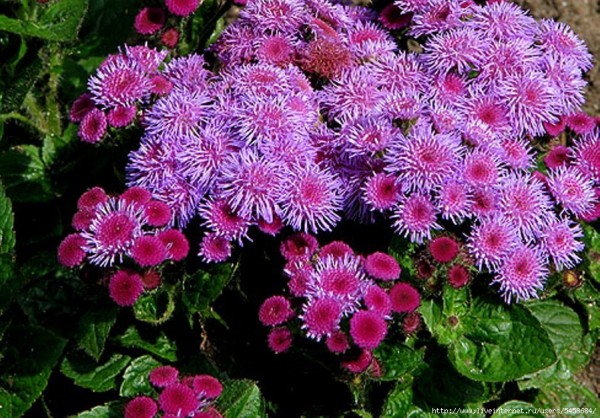
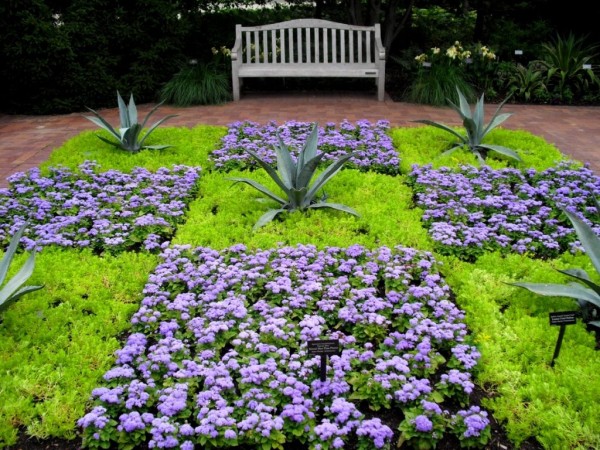
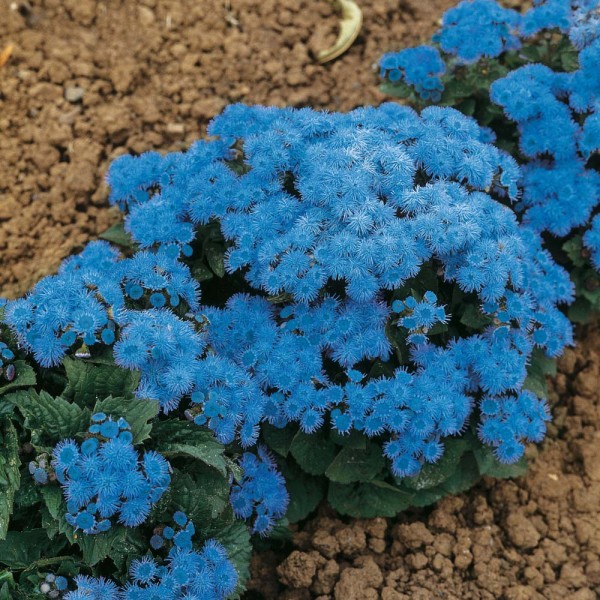
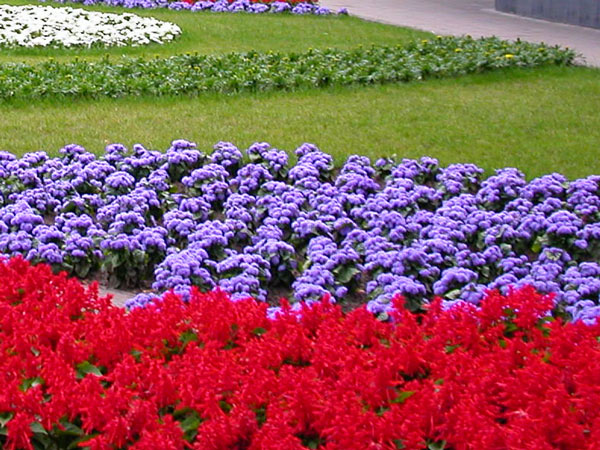
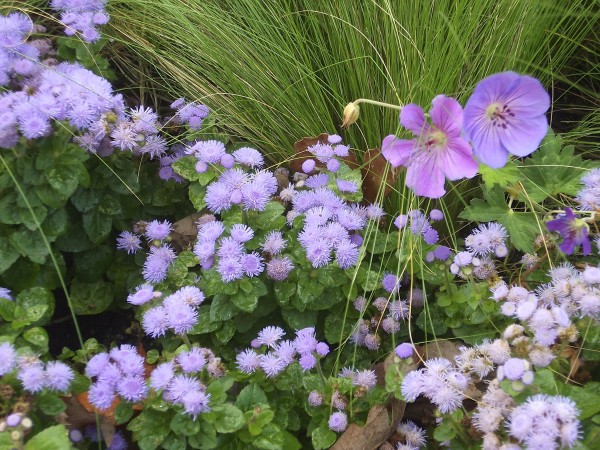
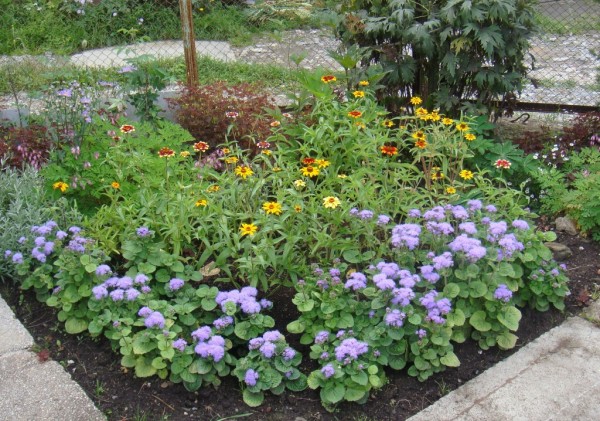
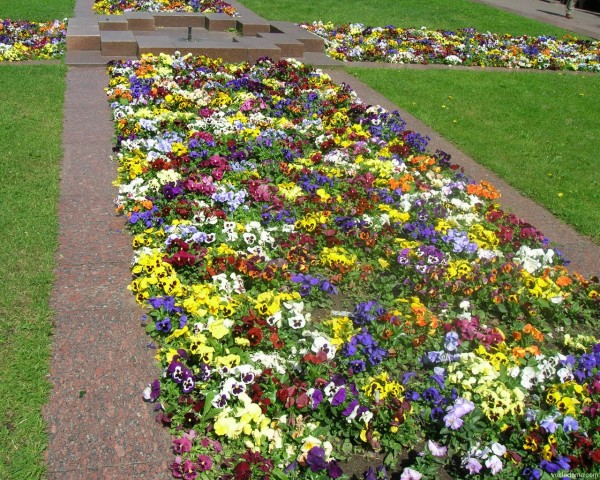

 CUCUMBERS NEVER GET SICK, I'VE BEEN USING ONLY THIS FOR 40 YEARS! I SHARE A SECRET WITH YOU, CUCUMBERS ARE LIKE THE PICTURE!
CUCUMBERS NEVER GET SICK, I'VE BEEN USING ONLY THIS FOR 40 YEARS! I SHARE A SECRET WITH YOU, CUCUMBERS ARE LIKE THE PICTURE! You can dig a bucket of potatoes from each bush. Do you think these are fairy tales? Watch the video
You can dig a bucket of potatoes from each bush. Do you think these are fairy tales? Watch the video
 How our fellow gardeners work in Korea. There is a lot to learn and just fun to watch.
How our fellow gardeners work in Korea. There is a lot to learn and just fun to watch. Eye trainer. The author claims that with daily viewing, vision is restored. They don't charge money for views.
Eye trainer. The author claims that with daily viewing, vision is restored. They don't charge money for views. A 3-ingredient cake recipe in 30 minutes is better than Napoleon. Simple and very tasty.
A 3-ingredient cake recipe in 30 minutes is better than Napoleon. Simple and very tasty. Therapeutic exercises for cervical osteochondrosis. A complete set of exercises.
Therapeutic exercises for cervical osteochondrosis. A complete set of exercises. Which indoor plants match your zodiac sign?
Which indoor plants match your zodiac sign? What about them? Excursion to German dachas.
What about them? Excursion to German dachas.
The ageratum plant grows in our dacha. It was interesting to learn how to properly care for ageratum.